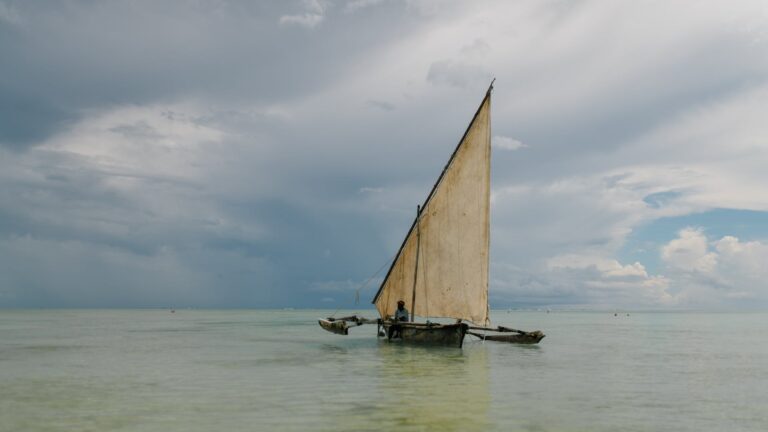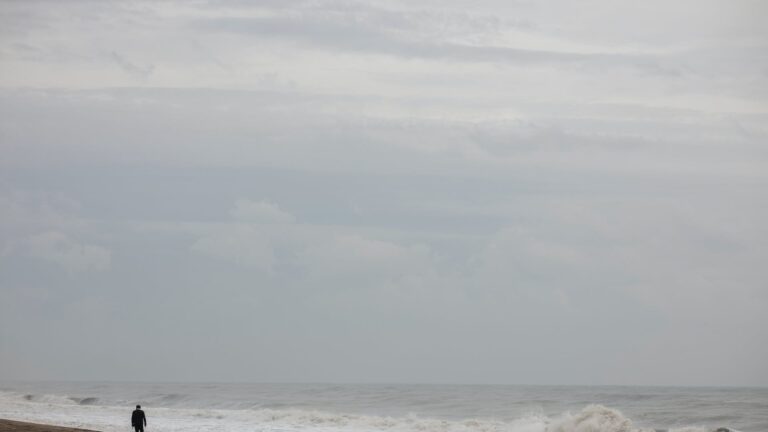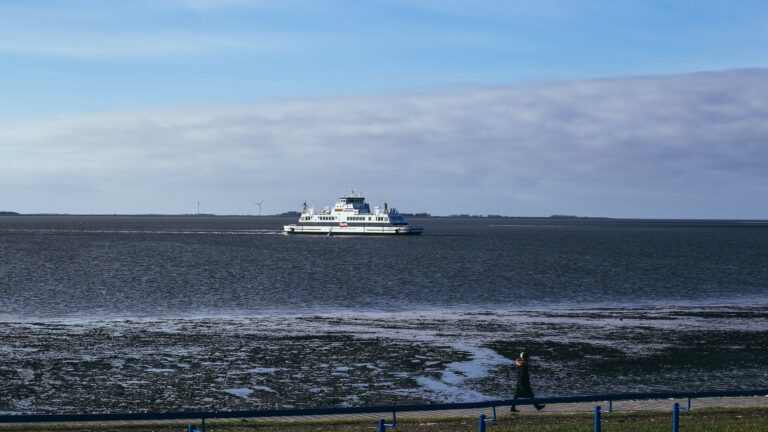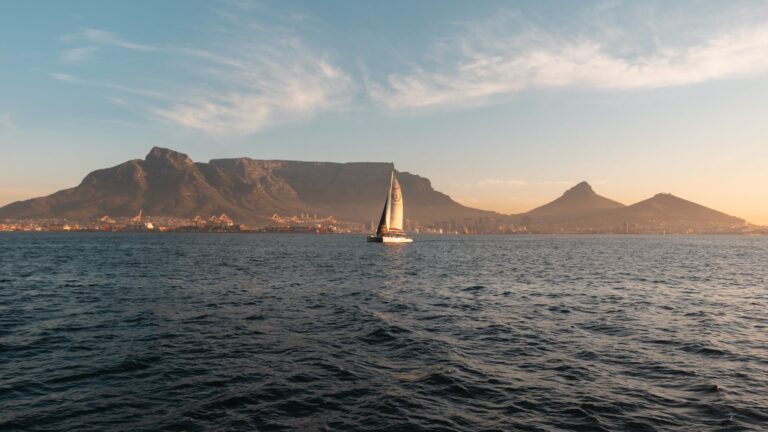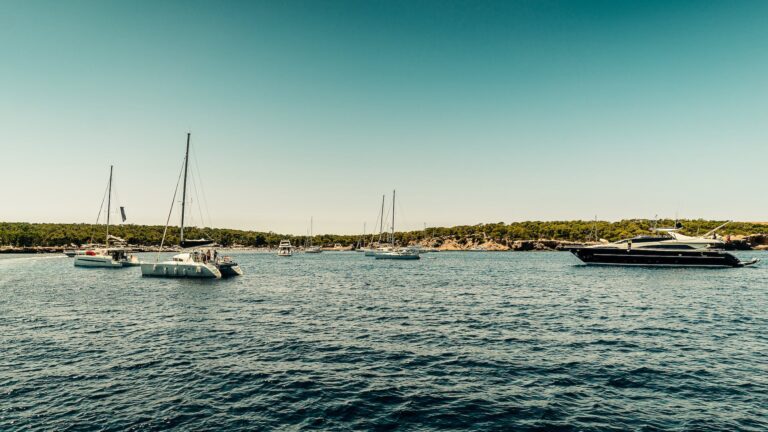What is the most common anchor used in the US?
-
Introduction
-
What is a Fluke Anchor?
-
Advantages of a Fluke Anchor
-
Disadvantages of a Fluke Anchor
-
What is a Claw Anchor?
-
Advantages of a Claw Anchor
-
Disadvantages of a Claw Anchor
-
Comparative Analysis – Fluke vs Claw Anchor
-
Alternatives to Fluke and Claw Anchors
-
Conclusion
-
Resources Used
The Most Common Anchors Used in the US
Introduction
Anchors are essential pieces of equipment for sailors and other boaters, providing them with the ability to moor their boats in place or create an anchor point for activities like fishing or diving . Depending on the size and type of boat, as well as the environment it will be used in, there are several types of anchors that can be used . In the United States, two types of anchors stand out as the most popular among recreational boaters: the Fluke anchor and the Claw anchor . In this article, we will take a look at these two anchors and compare their advantages and disadvantages to help you decide which one is right for your boat .
What is a Fluke Anchor?
The Fluke anchor, also known as a Danforth anchor or Lightweight anchor, is one of the most common anchors used in the US . It is made up of two flat plates connected by an arm in between them . The flat plates are designed to dig into shallow sand or mud bottoms and provide good holding power . The arms also provide stability when retrieving or setting up the anchor . This type of anchor is typically used on smaller recreational boats due to its relatively light weight .
Advantages of a Fluke Anchor
The main advantage of using a fluke anchor over other types of anchors is its light weight and portability . This makes it easy to store and transport, which can be especially helpful if you have limited storage space onboard your boat . Additionally, fluke anchors have good holding power in shallow mud and sand bottoms, making them ideal for use in sheltered bays or riverside moorings . Being made from galvanized steel also ensures that they are highly durable and resistant to corrosion from salt water exposure .
Disadvantages of a Fluke Anchor
The main disadvantage with using fluke anchors is that they do not perform well in strong currents or ocean swell conditions due to their light weight construction . Additionally, they can also be difficult to retrieve from sand and mud bottoms due to their design which may require additional effort when retrieving them manually . Lastly, flukes can also cause damage to nearby vegetation if they are not carefully placed during installation due to their design which causes them to dig into softer surfaces like sand or mud when deployed properly .
## What is a Claw Anchor?
The Claw anchor was developed by Bruce Anchors Group in the 1970s and has become increasingly popular among recreational boaters in North America due to its improved performance compared with traditional flukes . The claw anchor consists of four curved arms connected by an axle-like center piece which gives it an overall claw-like shape when viewed from above . This design allows it to provide better holding power compared with other lightweight anchors while still maintaining portability due it its slightly heavier construction compared with flukes & Danforths (around 10-20lbs) depending on size & model type chosen.
## Advantages of a Claw Anchor
One major advantage that claw anchors have over other types is their improved performance compared with traditional lightweight anchors such as flukes & danforths when dealing with strong currents & ocean swell conditions due to their slightly heavier construction (around 10-20lbs) depending on size & model type chosen. Additionally, claws are also easy to retrieve from sand or mud bottoms due to their design which features four curved arms rather than two flat plates like traditional lightweight anchors which can make manual retrieval easier & faster than traditional designs like flukes & danforths. Lastly, claws also feature sharp edges along their outer edges which helps them penetrate harder surfaces like rocky substrates better than traditional designs like flukes & danforths making them more suitable for use in exposed coastal areas where other lightweight designs might fail or drift away under heavy wave action conditions.
## Disadvantages of a Claw Anchor
Despite having better performance over traditional designs such as flukes & danforths claws still have some drawbacks when compared with heavier designs such as plows & grapnels which are better suited for larger vessels operating in exposed coastal areas where wave action & strong currents are more common than sheltered bays & riverside moorings. Additionally, claws may still cause damage to nearby vegetation if they are not carefully placed during installation due to their sharper edges along their outer edges which could potentially snag onto plant roots if deployed carelessly near shorelines thus causing environmental damage over time as they continue digging into softer surfaces like sand or mud bottoms during retrieval attempts although this issue can be minimized by using anti-snag devices such as rope guards or anti-fouling paint.
## Comparative Analysis – Fluke vs Claw Anchors
When deciding between using either type of anchor there are several factors that should be taken into consideration such as vessel size , intended use , environment , budget constraints etc…For smaller recreational vessels operating mainly in sheltered bays/riverside moorings then either type should suffice however if greater holding power is desired then claws may perform better than flukes thanks to their slightly heavier construction & improved performance when dealing with stronger currents/ocean swell conditions making them more suitable for use in exposed coastal areas where wave action might cause lighter weight designs such as flukes/danforths (depending on size/model chosen)to drift away under heavy sea conditions thus requiring additional effort during retrieval operations..On the other hand if portability/stowage space onboard vessel is an issue then choosing lighter weight models such as flukes/danforths might be beneficial since these models tend weigh less than claws (again depending on size/model chosen).
## Alternatives To Fluke And Claw Anchors
Apart from using either type described above there are other alternatives available depending on vessel size/use case scenarios such as plows , grapnels , mushroom anchors etc…These models tend weigh considerably more than either type mentioned earlier making them more suitable for larger vessels operating mainly in exposed coastal areas where wave action & strong currents are more common than sheltered bays/riverside moorings however even these models still require careful placement during installation since sharp edges along outer perimeter could cause potential environmental damage near shorelines especially if deployed carelessly near plant root systems thus requiring additional safety measures such as rope guards & anti-fouling paint during placement operations..
## Conclusion
In conclusion choosing between either type depends largely upon vessel size , intended use , environment , budget constraints etc…For smaller recreational vessels operating mainly in sheltered bays/riverside moorings then either should suffice however if greater holding power is desired then claws may perform better than flukes thanks to their slightly heavier construction & improved performance when dealing with stronger currents /ocean swell conditions making them more suitable for use in exposed coastal areas where wave action might cause lighter weight designs such as flukes/danforths (depending on size /model chosen)to drift away under heavy sea conditions thus requiring additional effort during retrieval operations..On the other hand if portability /stowage space onboard vessel is an issue then choosing lighter weight models such as flukes /danforths might be beneficial since these models tend weigh less than claws (again depending on size /model chosen). Alternatively other alternatives exist depending upon vessel size /use case scenarios but these models tend weigh considerably more than either type mentioned earlier making them more suitable for larger vessels operating mainly in exposed coastal areas where wave action&strong currents aremore commonthan sheltered bays /riverside moorings however even these models still require careful placement during installation since sharp edges along outer perimeter could cause potential environmental damage near shorelines especially if deployed carelessly near plant root systems thus requiring additional safety measures such as rope guards&anti-fouling paint during placement operations..
## Resources Used
- https://www.boatus.org/magazine/2019/july/anchoring-basics-for-boaters
- https://www.westmarine.com/WestAdvisor/Anchoring–UnderstandingYourAnchoringOptions
- https://www.bruceanchorsusa.com/#learn_more


